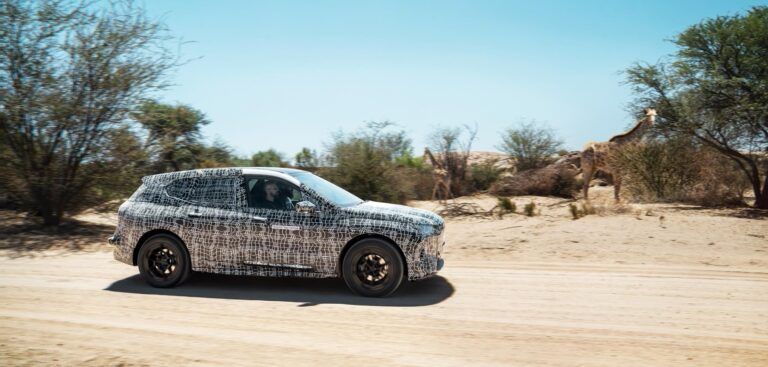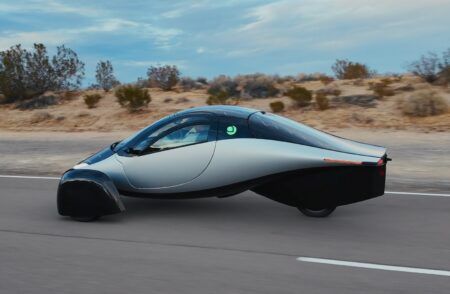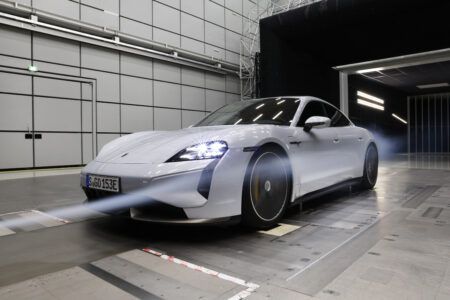BMW’s future flagship model, the iNEXT – an all-electric, autonomous and connected vehicle – is being put through its paces under extreme hot weather in the deserts of South Africa as part of an extensive testing program.
The technologically-advanced model, which is due to go into production in 2021, has been testing its drivetrain technology among other mechanical aspects of the car in challenging conditions of high temperatures, solar radiations, as well as the presence of sand and dust as BMW continues to work towards the iNEXT development.

The car has already undergone extreme cold weather tests in the arctic circle and the contrasting program, which is an integral part of any vehicle development, has taken place in the Kalahari in Southern Africa to present new data and stresses on componentry for engineers to validate for safety and durability.
The test drives through the desert and Savanna regions in the North West of South Africa offer development engineers the ideal prerequisites for testing and harmonizing all drive and suspension components under extreme conditions with surfaces alternating between sand dunes, gravel tracks and off-road passages. In temperatures that typically take its toll on battery life, the BMW iNEXT tested its integrated cooling concept for the high-voltage battery, the electric motor and the vehicle electronics. Moreover, the interior air conditioning, which operates by means of thermal pump technology, its control system and all further components of the vehicle electronics are subjected to the extreme conditions of the desert climate in order to prove their series maturity.
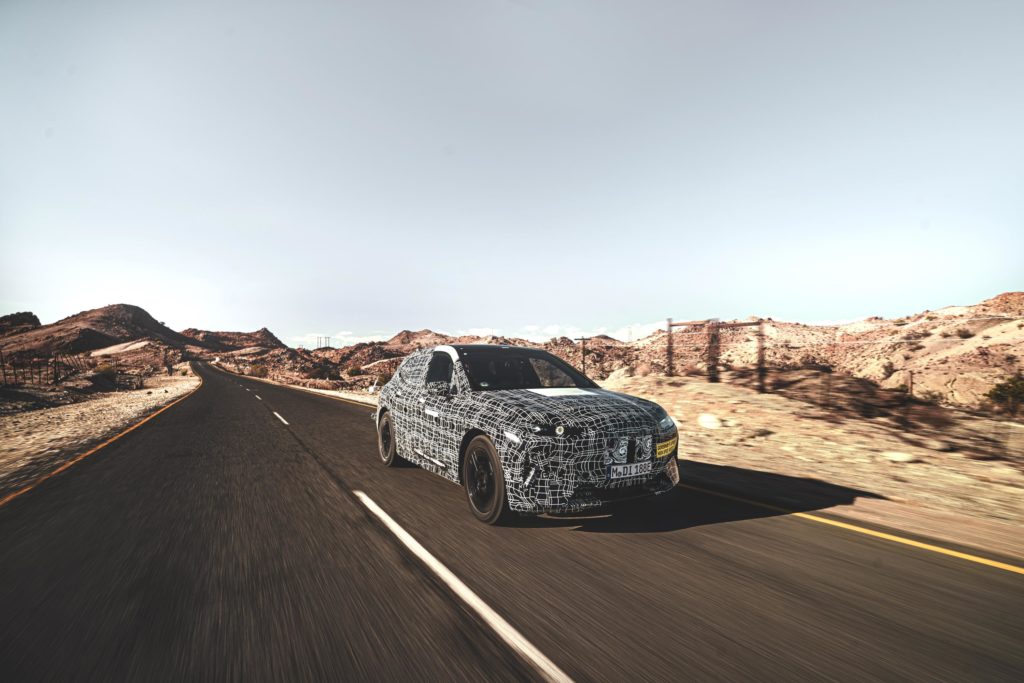
During extensive heat tests, the vehicle is repeatedly exposed to the heat of the sun for hours and later cooled down. In this way, the developers test not only the operability of the electrical systems, but also the temperature stability of the materials used in the interior, because the test engineers do not accept any creaking or crackling noises even in the event of sudden and intense temperature fluctuations.
